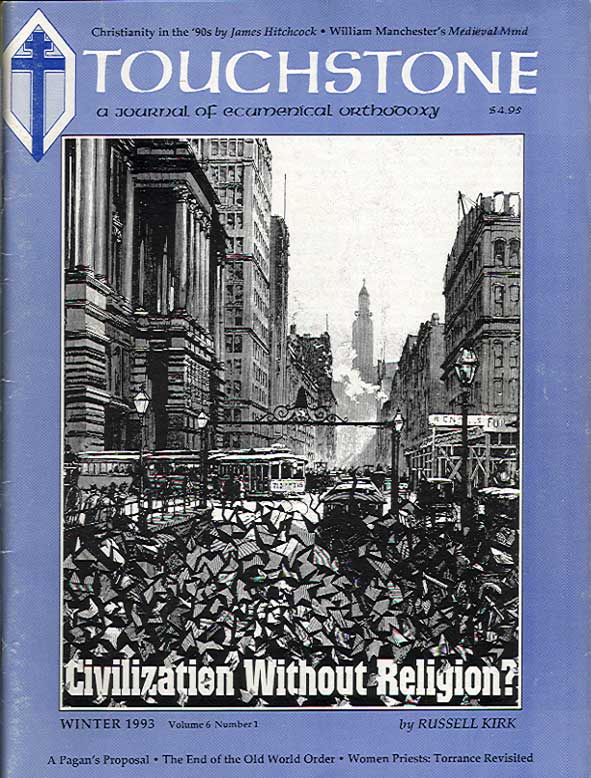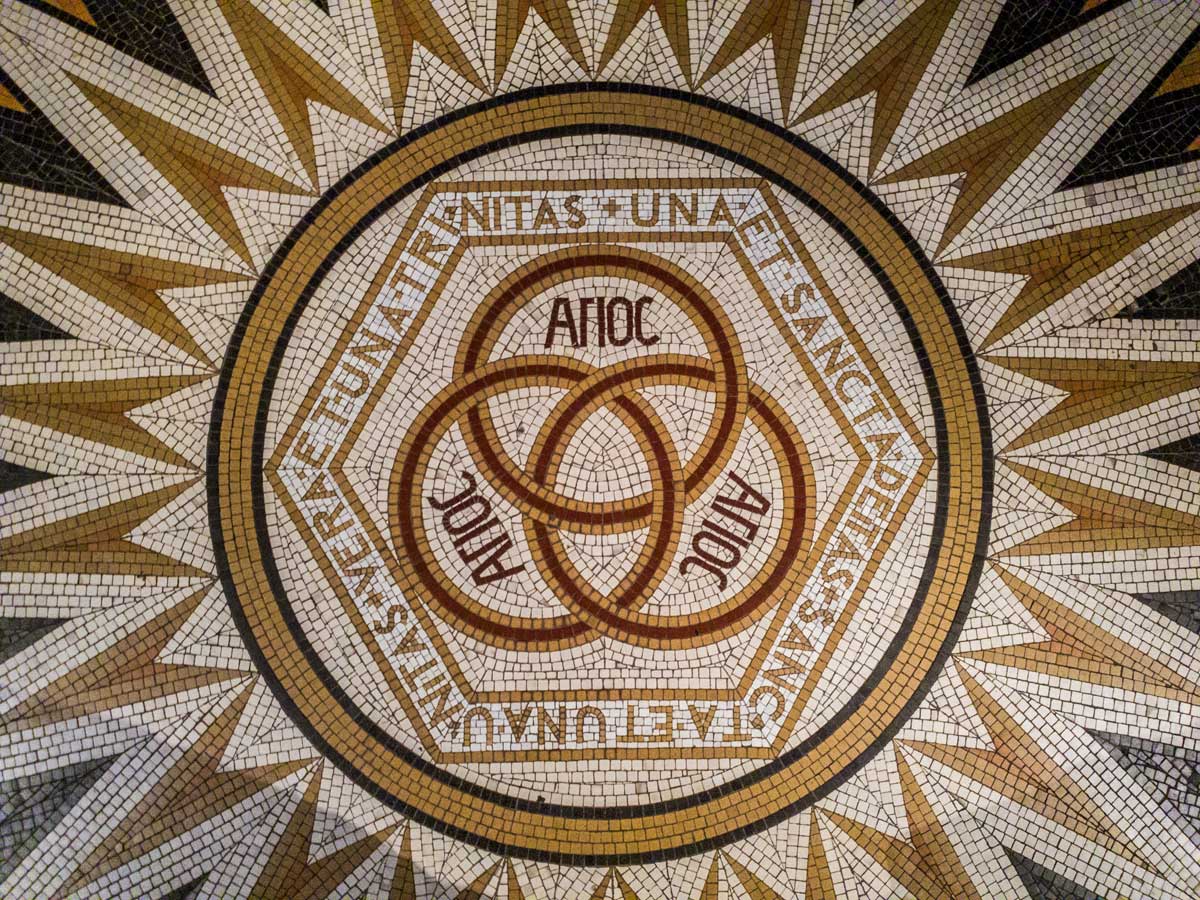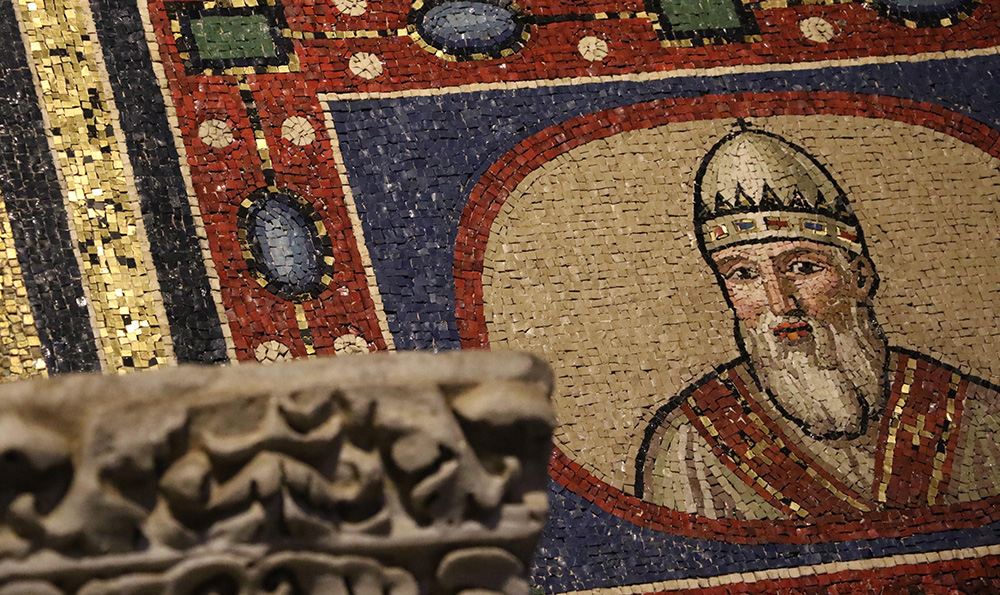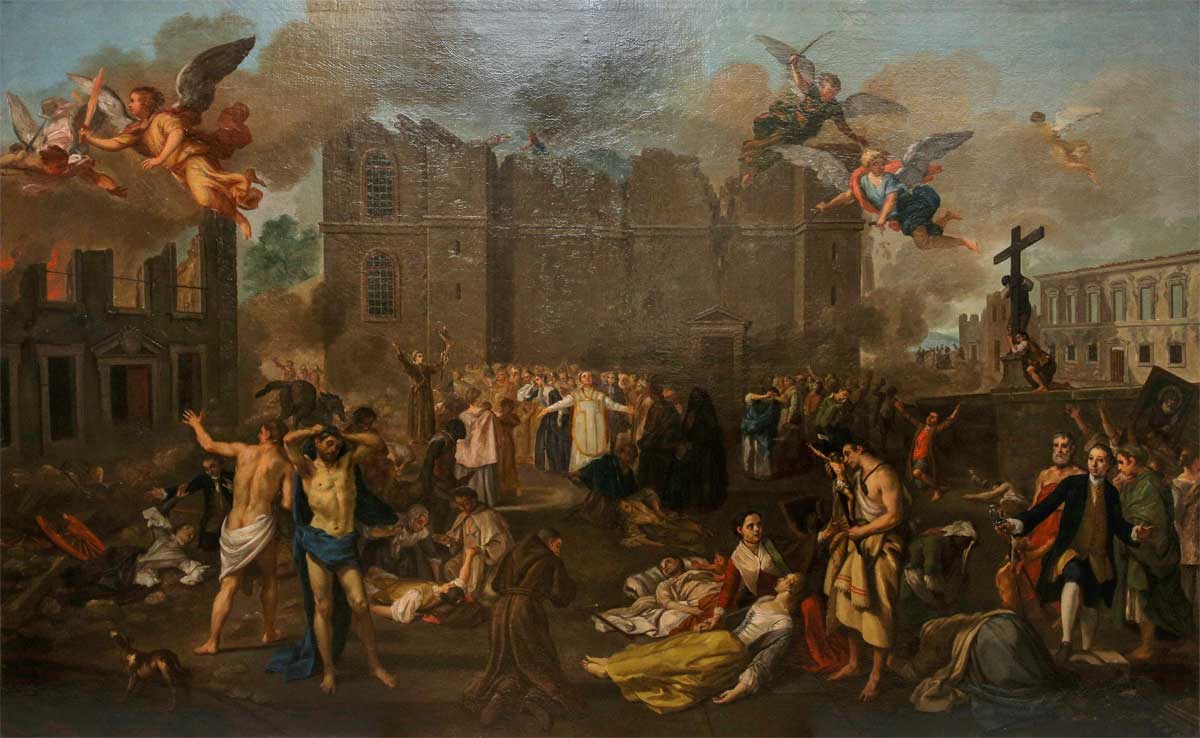Women Priests: History & Theology
A Response to Thomas F. Torrance
by Patrick Henry Reardon
By submitting this article in response to Dr. Thomas Torrance I intend, in the first place, to pay my respects. When I read his recent argument favoring the ordination of women (“The Ministry of Women,” Touchstone 5.4, Fall 1992), I felt that the author had to be answered. Not that the lines of his argument are either especially persuasive or particularly original. I believe that they are neither, having used some of them myself back when I was an Evangelical Protestant and thought women’s ordination an idea whose time had come. But Dr. Torrance is Dr. Torrance, after all, and anything theological he has to say is, on this implicit point of merit, worth paying attention to.
In fact he is certainly receiving attention. The article in question has also been published as a pamphlet in Scotland and in A Festschrift for Penelope Jamieson, the new woman bishop of the Anglicans down in New Zealand. Any study supporting the priesting of women has the current advantage of riding a wave, perhaps even a tidal wave. As I comment on the article by Torrance, I beg indulgence also to remark, from time to time, on some of his fellow surfers.
Let me say at once that, unlike my dear and delightful friend, S. M. Hutchens (“God, Gender and the Pastoral Office” in that same issue of Touchstone), I cannot summon the energy to mount a charge against the priestly ordination of women. A little later, I shall float a hint as to why that matter is not a realistic question for debate at my current address, the Eastern Orthodox Catholic Church.
The following response, therefore, will not form a case against women’s ordination. I hope only to show that Torrance’s own arguments in favor of that practice were ill-conceived and very badly made. His approach was two-fold, historical and doctrinal. In the first he adduced documentation that the ordination of women was in fact done by the Church at certain periods of history, and in the second he endeavored theologically to justify a return to that discipline today. His first argument was inductive and requires a point by point address. His second and more properly theological argument was largely deductive and can be more briefly rejoined by a critical analysis of its major premise.
Presbytera
The real controversy, the one most addressed by Torrance, concerns the priesthood or presbyterate. Let it be said up front that those who would appeal to ancient precedent to justify the ordination of women to the ministry of presbyter in the Church are faced with a fairly daunting task. Torrance concedes that “there is no canonical record of any office of woman presbyters.” Indeed there is no literary record of any kind to that effect.
Oh, that all proponents of women’s ordination were so honest about the lack of literary evidence. For example, a 1987 article in the Priscilla Papers (Volume 1, no. 4) claimed that “St. Cyprian writes [in Epistle 75.10.5] of a female presbyter [elder] in Cappadocia [also part of modern Turkey] in the mid-230s.” If true, of course, that would seem to be game point and match, for what fool would contest the great African Father? A fine shade of doubt faintly shadows the mind at this point, nevertheless, and I wonder how, having studied St. Cyprian assiduously from my youth, I had failed to distinguish this fairly big detail. Well, I didn’t. The letter in question was actually sent to the saintly bishop of Carthage by Firmilian of Caesarea reporting on what he regarded as the pretentious (deceperat . . . simularet . . .usurpans), irregular (ab ecclesiastica regula),and even scandalous (nequissimus daemon per mulierem) activities of some local woman whom he managed to call just about everything but a presbyter. A delicate and gentle tact pleads that no more be said about this so-called evidence from the third century.
Getting slightly, but only slightly, more serious, we know that there are quite a few early epigraphic references to this or that presbytera (priestess), and there is no shortage of feminist archaeologists to make the most of them. These tomb inscriptions, found all around the Mediterranean basin, would perhaps make a cogent argument for women’s ordination if we did not already know exactly what a presbytera was during the earliest centuries of Christianity: an elderly woman, often a widow, under the care of the Church. There is no evidence whatsoever that it referred to an ordained woman. Consequently, in calling St. Priscilla a “presbytera officiating along with the presbyteroi in the central act of the worship of the church,” Torrance employed the word in a sense unknown either in the Christian literature of the period or in any clear epigraphic examples. Salva reverentia, this was an unwarranted, eccentric and misleading liberty.
One finds also a few early epigraphic instances of the word presbytis, but once again we already know from Titus 2:3—5 and other canonical documents that this simply means an elderly woman. In the Apostolic Constitutions the term seems synonymous with presbytera in the sense of a widow or other older woman in the special care of the Church.
Patrick Henry Reardon is pastor emeritus of All Saints Antiochian Orthodox Church in Chicago, Illinois, and the author of numerous books, including, most recently, Out of Step with God: Orthodox Christian Reflections on the Book of Numbers (Ancient Faith Publishing, 2019).
subscription options
Order
Print/Online Subscription

Get six issues (one year) of Touchstone PLUS full online access including pdf downloads for only $39.95. That's only $3.34 per month!
Order
Online Only
Subscription

Get a one-year full-access subscription to the Touchstone online archives for only $19.95. That's only $1.66 per month!
bulk subscriptions
Order Touchstone subscriptions in bulk and save $10 per sub! Each subscription includes 6 issues of Touchstone plus full online access to touchstonemag.com—including archives, videos, and pdf downloads of recent issues for only $29.95 each! Great for churches or study groups.
Transactions will be processed on a secure server.
more on ministry from the online archives
more from the online archives
calling all readers
Please Donate
"There are magazines worth reading but few worth saving . . . Touchstone is just such a magazine."
—Alice von Hildebrand
"Here we do not concede one square millimeter of territory to falsehood, folly, contemporary sentimentality, or fashion. We speak the truth, and let God be our judge. . . . Touchstone is the one committedly Christian conservative journal."
—Anthony Esolen, Touchstone senior editor













